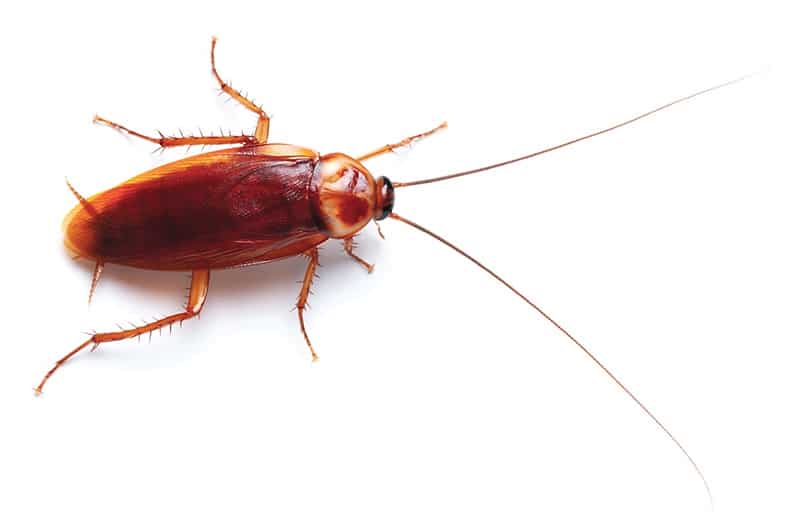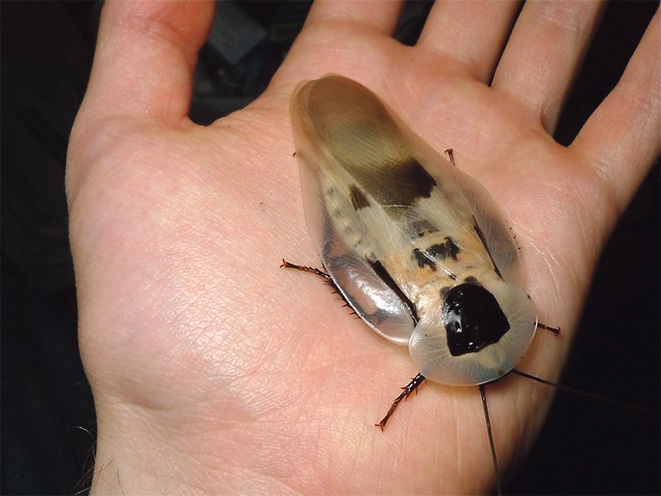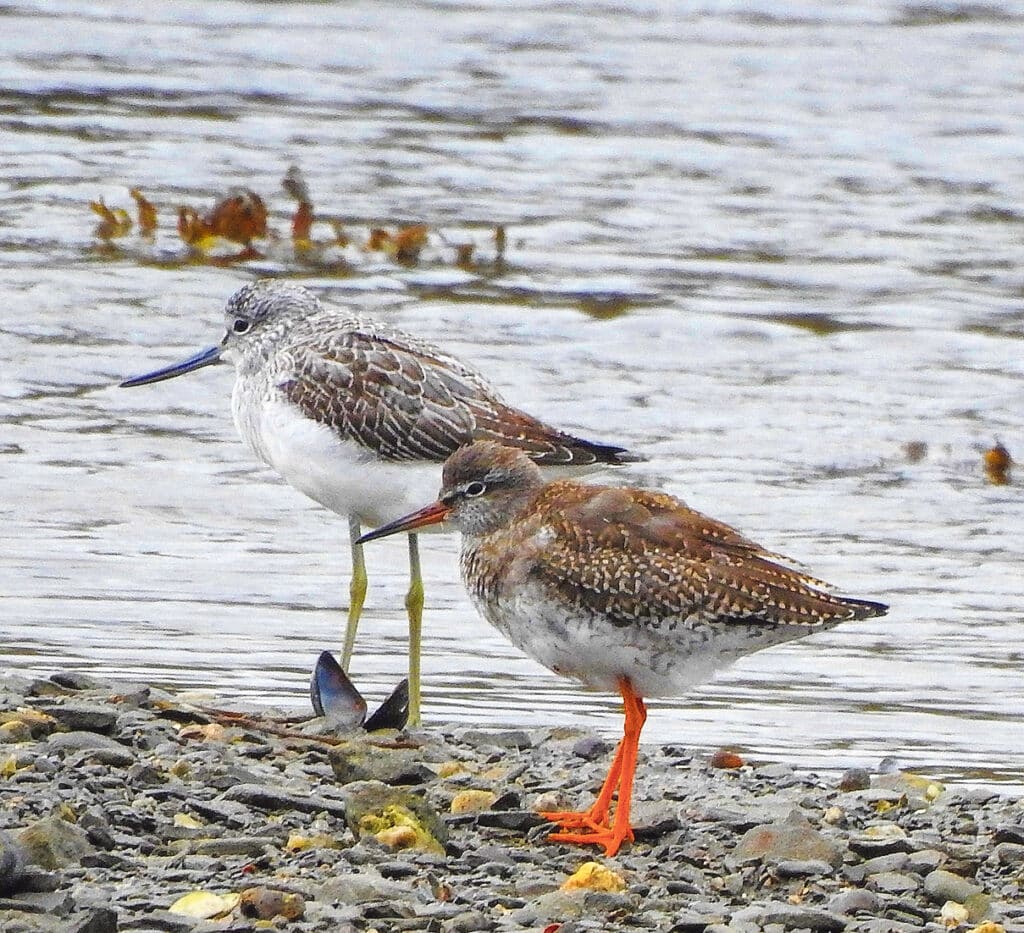


For the first eleven years of my life, home was a small farm in England, where we kept pigs and chickens, goats and geese. There have always been dogs and cats, and in Ireland in the 1970s, we had guinea pigs and donkeys as well. But my adult life has been very unsettled, so I never thought it fair to have a pet. I did, temporarily, look after a hooded crow fledgling that fell out of its nest in Dublin, some guinea pigs and budgerigars in Saudi Arabia (rescued from my pupils) and an abandoned baby fruit bat in Kenya, but apart from a few vagrant cats, I never had the menagerie of which I always dreamed. Now, back in West Cork, as well as my sister’s dog, cats and hens to talk to, I also have some unusual, and to most people, disagreeable, animal companions of my own.
Last winter, I spent a month with my adopted family in Zambia. They live in what the modern Irish person would consider a shed. Most cars and many chickens in Ireland have more comfortable dwellings, though by African standards, my family is not doing too badly. But, being the tropics, they share their little home with several creatures that few in Ireland would tolerate. Termites build tubes of chestnut-coloured earth up the walls, on their way to munching through the bare rafters. A huge cricket stridulates loudly all night from a hole in the kitchen floor. Large flat spiders canter sideways across the walls and vanish behind doorways. Geckoes walk upside down on the ceiling, feasting on the mosquitoes that would be feasting on us if we didn’t sleep under nets. And living inside the hollow and broken bedroom door in the daytime, and emerging by the dozen at night, are two different types of cockroach.
The larger species is the American cockroach, Periplaneta americana, which is a shiny reddish-brown colour, has spiky legs and very long antennae, and can grow to around four centimetres. When I was an undergrad in Dublin many years ago, I acquired one of these impressive insects and tried to keep it alive in a small box, but the bedroom in my lodgings was so cold (my landlady was a thrifty old Scot), the poor thing died after one week. Despite the name, these cockroaches are native to Africa but are now found all over the tropical and sub-tropical world.
The other species is the smaller and equally misnamed German cockroach, Blattella germanica. This is a paler brown colour, with two distinctive dark stripes on its prothorax, and usually grows to little over a centimetre. It is probably a native of Asia, but has also spread throughout the world, even into cold countries, and it is the cockroach most often found in the kitchens of hotels and restaurants here. These are the insects which I now keep as pets. I didn’t want them, but they stowed away in my suitcase. Back in Ireland, they quickly escaped from the case and vanished into the darkest corners of my cottage. The change in temperature must have slowed them down considerably – cockroaches are notoriously fast movers – for I had no trouble catching four, which I put into in an old pickle jar, in a nest of scrunched up tissues. If there were more, they probably got eaten by the many vibrating spiders whose webs are slowly turning my home into something resembling Miss Haversham’s dining room.
The average person would simply have squashed these cockroaches, or thrown them out of the door. But nowadays I won’t even swat a fly, unless it is especially annoying and I am in a particularly bad mood. They can’t have much of a life in their jar; I should release them. But they would almost certainly get eaten in the garden. And although they probably wouldn’t survive, it is irresponsible to release any alien species. So they have become an experiment – how long can cockroaches from Zambia survive in Ireland in a pickle jar on a diet of sugar and water?
Cockroaches belong to the order Blattodea, to which termites have recently been added – some species of cockroach have, like termites, microorganisms in their guts that are able to digest cellulose, so they can eat wood. There are more than 4,000 species of cockroaches, found all over the world. They are among the most primitive of winged insects, having mouthparts and legs that are quite unspecialised. The adults can fly, but prefer to run. They are found in a variety of habitats such as caves, trees and leaf litter. The largest is probably Blaberus giganteus, which lives in the rain forests of South America. We used to breed them in college too – they can grow to nearly 10 cm.
Cockroaches are very hardy insects – the Japanese cockroach has been shown, in experimental conditions, to recover after being frozen at minus-eight degrees Celsius for twelve hours. They can live for months without food, and for 45 minutes without air; they can function briefly after decapitation. One female can produce a great many offspring – up to 400 in a lifetime – and some species are parthenogenetic, meaning they don’t even need a male partner to reproduce.
The American and German varieties, among others, have become household pests. Like rats, they are not fussy about where they walk, so they carry bacteria on their feet, which they then spread over our food. They can eat almost anything, from bread and fruit to leather and glue, and they leave an unpleasant smell, as anyone will know who has lived in the tropics and been careless about sealing food containers. So a cockroach infestation can be a serious problem – there was a recent story in the newspapers about a man in Japan who blew his apartment up, accidentally, by spraying insecticide everywhere, even over electrical connections, in his efforts to eradicate them.
Most cockroaches, however, live blameless lives in the wild where they have important, though sometimes disgusting, roles in various food chains, e.g. many cave-dwelling species feed on the mountains of guano produced by bats. Others are attractive, such as the gregarious cockroach Cartoblatta pulchra from southern Africa, which is black with orange spots and aggregates on tree trunks in the day time. Some large species, including the Madagascan hissing cockroach, the orange-headed cockroach and the giant porcelain ghost roach, are popular pets, and rather more interesting company than my German species.
Cockroaches are also bred as food for other pets, such as snakes and lizards, and in universities, for teaching purposes – at Trinity, we used the American ones for a second-year experiment to demonstrate oxygen consumption. They frequently escaped, causing pandemonium among the students (which is how I acquired my Periplaneta).
Cockroaches, even the American species, are eaten by humans in some countries, especially Mexico, Brazil and much of Asia, though they are, unsurprisingly, not as popular among insect gastronomes as beetles, grasshoppers and caterpillars. Long ago, I used to try everything once – grasshoppers and termites in Uganda, cicadas and silk worm pupae in China – but I never ate cockroaches. According to a recent article in the Taiwan English News, when cooked in an omelette, they taste like mushrooms.
One species, Diploptera punctata, which gives birth not to egg cases like most cockroaches, but to live babies, produces a type of nutrient for its young, nicknamed cockroach milk. It is actually a fluid of highly nutritious pure protein crystals. Pound for pound, it contains more protein than buffalo milk and, as it provides all nine essential amino acids, it has been talked about as a possible food source for humans. Harvesting it would be difficult – one can’t exactly milk a cockroach – and it has been estimated that 1,000 of them would need to be killed to produce 100 grams of cockroach milk. But researchers in India have sequenced the relevant genes, and by injecting them into yeast cells, production might be feasible.
Stories that cockroaches can withstand radiation, and so will take over the world after a nuclear war, are exaggerated, though they are able to survive up to fifteen times the lethal dose that humans can tolerate. But with their high rate of reproduction and their tremendous resilience, it is quite likely that cockroaches will be among the animals flourishing when the nastiness or stupidity of world leaders and the indifference of the average person has left the planet uninhabitable for most vertebrates.
As for my own cockroaches, one died after a few days; another passed away just before Christmas. With the lifespan of the German cockroach being less than a year, and my cottage rather cold at the moment (in winter, I believe in wearing more clothes, not burning more fuel), I don’t suppose the two survivors will last much longer.



